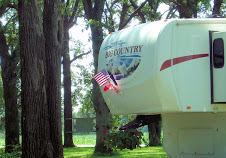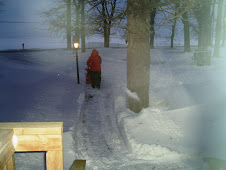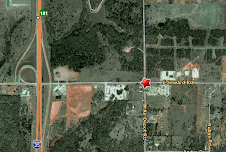Camp Chaffee was designated Sept 20, 1941 as part of the Department of War’s preparations to double the size of the Army in the face of imminent war. That month, the US government paid $1.35 million to acquire 15,163 acres from 712 property owners, families, farms, businesses, churches, schools, and small communities. It took only 16 months to build the entire base. The first soldiers arrived on Dec 7, 1941, Pearl Harbor Day. From 1942 to 1946, the Sixth, Fourteenth, and Sixteenth Armored Divisions trained there. The creation of the camp caused the nearby town of Barling to experience a housing and business boom.
The camp was named after Major General Adna R. Chaffee Jr., an artillery officer who, while in Europe during World War I, determined that the cavalry was outdated and advocated for the use of tanks.
During World War II, it served as both a training camp and a prisoner-of-war camp. The major purpose of the camp was to train soldiers for combat and prepare units for deployment, but from 1942 to 1946, there were 3,000 German POWs housed there.
From 1948 to 1957, Chaffee was the home of the Fifth Armored Division. On March 21, 1956, Camp Chaffee, now a more permanent installation, was re-designated as Fort Chaffee. In 1958, Chaffee was home to its most famous occupant, Elvis Presley and a most famous hair cut. Presley received his first military haircut in Building 803.
The Barber Shop
The Hair Cut
In 1959, the “Home of the U.S. Army Training Center, Field Artillery” moved from Fort Chaffee to Fort Sill, Oklahoma. From 1960–61, the fort was the home of the 100th Infantry Division. In 1961, Fort Chaffee was declared inactive and placed on caretaker status, though it was reactivated on several occasions through 1974.
From 1975 to 1976, Fort Chaffee was a processing center for refugees from Southeast Asia. The facility processed 50,809 refugees of the Vietnam War, giving them medical screenings, matching them with sponsors, and arranging for their residence in the US.
On May 6, 1980, Chaffee became a Cuban refugee resettlement center after the Cuban government allowed American boats to pick up refugees at the Port of Mariel. Three weeks later, a number of refugees rioted and burned 2 buildings. State troopers and tear gas were used to break up the crowd, and 84 Cubans were jailed. In two years, Fort Chaffee processed 25,390 Cuban refugees.
In 1987, the Joint Readiness Training Center began training soldiers at Chaffee; the center was transferred to Fort Polk, Louisiana, in 1993. In 1995, the Base Realignment and Closure Commission recommended the closure of Fort Chaffee, however essential ranges, facilities, and training areas were maintained for Reserve Component Training. In 1995, the federal government declared 7,192 of Fort Chaffee’s 76,075 acres to be surplus and turned the land over to the state. The remaining 66,000 acres were turned over to the Arkansas National Guard for use as a training facility.
The Fort Chaffee Redevelopment Authority was established to begin redeveloping the acres that were turned over to the state.
After Hurricane Katrina in 2005, the empty barracks were converted into temporary housing for more than 10,000 refugees from Louisiana, Mississippi, Texas.
Fort Chaffee has a bit of Hollywood history. In 1984 the movie A Soldier’s Story was shot at Fort Chaffee. Four years later, the Neil Simon movie Biloxi Blues was filmed there. The most recent visit from Hollywood was in 1995 for The Tuskegee Airmen movie.

















No comments:
Post a Comment